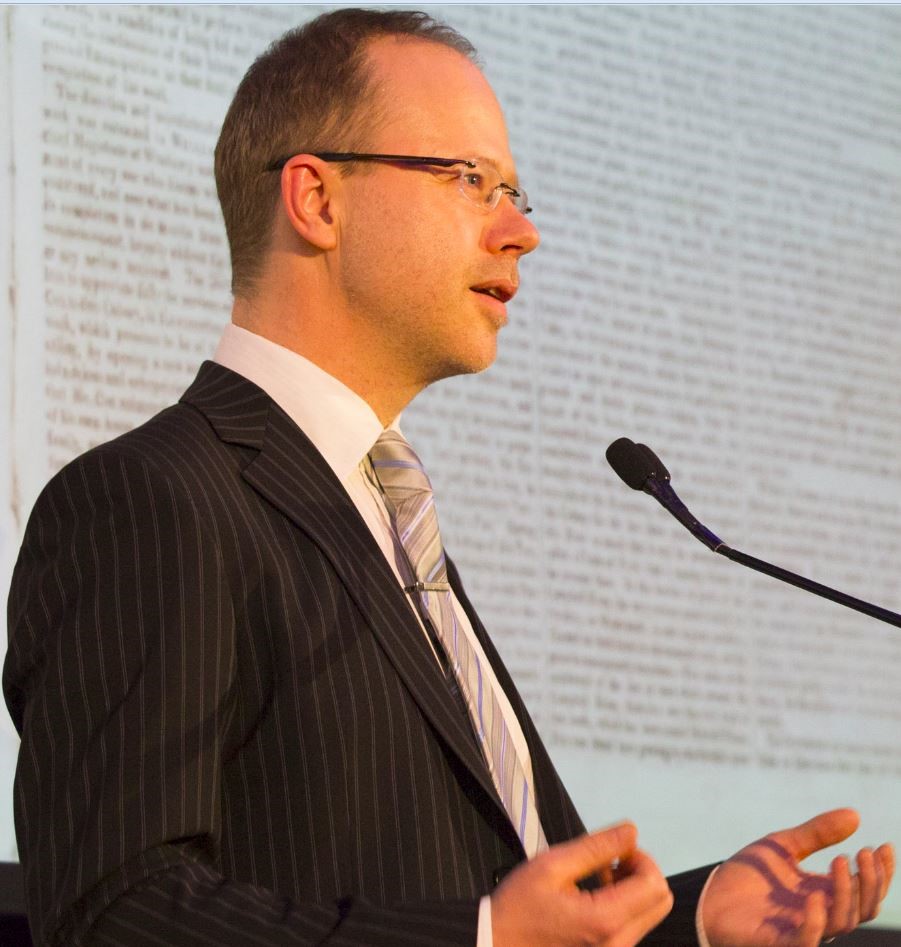November 2006
The Archives
-
Communication and Media Studies, Cultural Studies, Digital Scholarship, Historical Studies
Hypermedia History: Changing Technologies of Representation
25.11.06 | Permalink | Comments Off on Hypermedia History: Changing Technologies of RepresentationTechnologies of representation are not just instruments of recording and reporting. Their basic attributes determine what it is actually possible to conceptualise, capture and articulate. Photography, to take a classic example, transformed people’s outlook on the world because it could provide an unrivalled visual framing of actuality. It had no equivalent in the prior traditions of visual communication. Technological invention spurs social change. By focussing on ‘technologies of representation’ I am not only concerned with the technological means that underpin specific forms of representation, although these fundamentally define the range of options available, but also with the ways of seeing and understanding that they open up. Tomas describes these beautifully as “a new type of amniotic environment for vision”.






